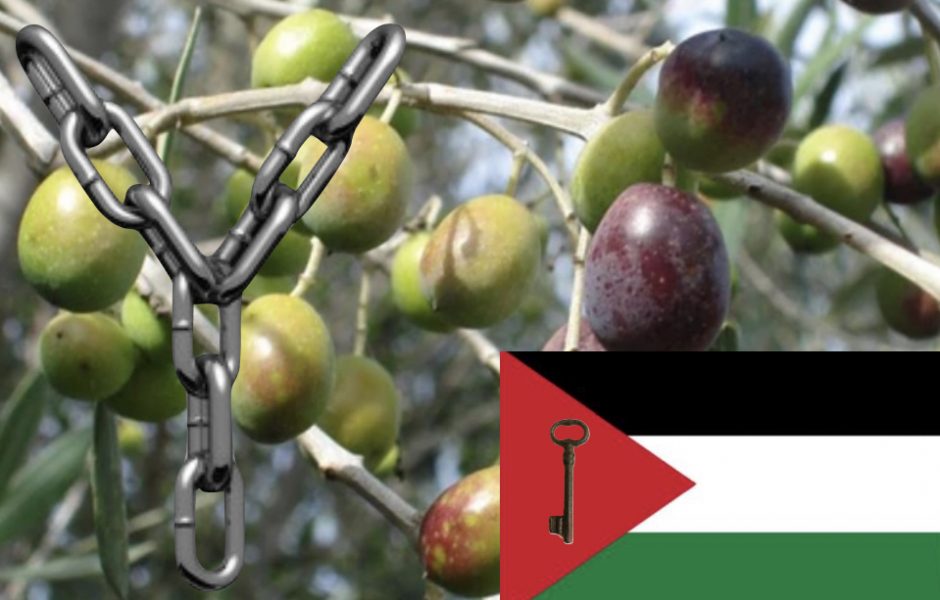By Phalapoem editor, 27/12/2024

In a shocking escalation of genocide, Israeli airstrikes have deliberately targeted hospitals in Gaza, killing medical staff and destroying critical infrastructure essential to saving lives. These actions, condemned globally, represent an assault on the principles of humanity, international law, and the moral fabric of civilization itself.
Hospitals as Targets
Hospitals, by definition, are sanctuaries of healing. They are explicitly protected under international law, particularly the Geneva Conventions, which prohibit attacks on medical facilities, personnel, and the sick or wounded. Yet in Gaza, these sanctuaries have become death traps. Strikes on hospitals like Al-Ahli Baptist Hospital and others have not only claimed the lives of patients and staff but have also paralyzed Gaza’s already overwhelmed healthcare system.
The bombing of medical facilities in a region suffering from blockades, shortages of medical supplies, and constant bombardment compounds the crisis exponentially. Patients undergoing surgeries have died mid-procedure. Premature babies dependent on incubators powered by electricity have succumbed as generators failed. Doctors have been killed as they worked to save lives, turning heroes into casualties.
Killing Those Who Save Lives
Medical staff in Gaza have become frontline responders to relentless violence, working under impossible conditions. These doctors, nurses, and paramedics—many of whom stayed behind to care for the injured despite the risks—have been targeted and killed. Ambulances have been struck by missiles, leaving first responders dead or gravely injured.
By targeting the very individuals who strive to preserve life, the Israeli occupation army has committed an atrocity that strikes at the heart of human dignity. The loss of these brave souls is not just a tragedy for Gaza; it is a loss for humanity as a whole.
A Clear Violation of International Law
The deliberate targeting of hospitals and medical staff constitutes a blatant violation of international humanitarian law. Such acts are war crimes, plain and simple. The Geneva Conventions are unambiguous: medical facilities and personnel must be protected, even in the midst of war. To target them is to defy the fundamental tenets of humanity.
Israel has defended its actions by claiming that Hamas uses hospitals as shields for military operations. Yet these claims are unverified and fake, and do not justify indiscriminate bombings that kill civilians and destroy vital infrastructure. Even in cases of alleged military use, international law mandates proportionality and the protection of civilians. Bombing a hospital filled with sick and injured patients, staff, and displaced families is indefensible.
Humanitarian Crisis Worsens
The destruction of hospitals has plunged Gaza into a humanitarian catastrophe of unimaginable proportions. Gaza’s healthcare system was already on the brink due to years of blockade, lack of medical supplies, and power shortages. Now, with key hospitals in ruins, the injured are left to die without treatment. Women in labor have nowhere to deliver safely. Children injured in bombings are dying for lack of care.
The psychological toll is equally devastating. For the people of Gaza, hospitals were among the few places of refuge in a warzone. That refuge is now gone, leaving millions with nowhere to turn.
The Global Response
While much of the world watches in horror, global leaders have offered little more than empty statements. The United Nations, international human rights organizations, and medical advocacy groups have called for an immediate cessation of attacks on medical facilities and the protection of healthcare workers. Yet these calls have been largely ignored.
For every bomb that falls on a hospital, for every doctor killed, the international community’s failure to act becomes a deeper stain on its conscience.
The Moral Reckoning
The bombing of Gaza’s hospitals is not just a military act—it is a moral outrage. It is a direct attack on the most fundamental human values: the sanctity of life, the protection of the vulnerable, and the duty to heal, not harm.
If these actions are allowed to go unpunished, they set a dangerous precedent, signaling to the world that hospitals, medical staff, and the sick and wounded can be considered acceptable collateral damage in warfare. Such a precedent endangers not just Gaza, but every conflict zone on the planet.
The bombing of Gaza hospitals by the Israeli military is a war criminal act that defies justification, violates international law, and erodes the moral foundations of humanity. It is imperative that the international community holds those responsible accountable. Failure to do so will not only abandon the people of Gaza but will also erode the principles that protect us all in times of war and peace.
The world must not look away. The cost of silence is measured in lives lost and humanity diminished.






































